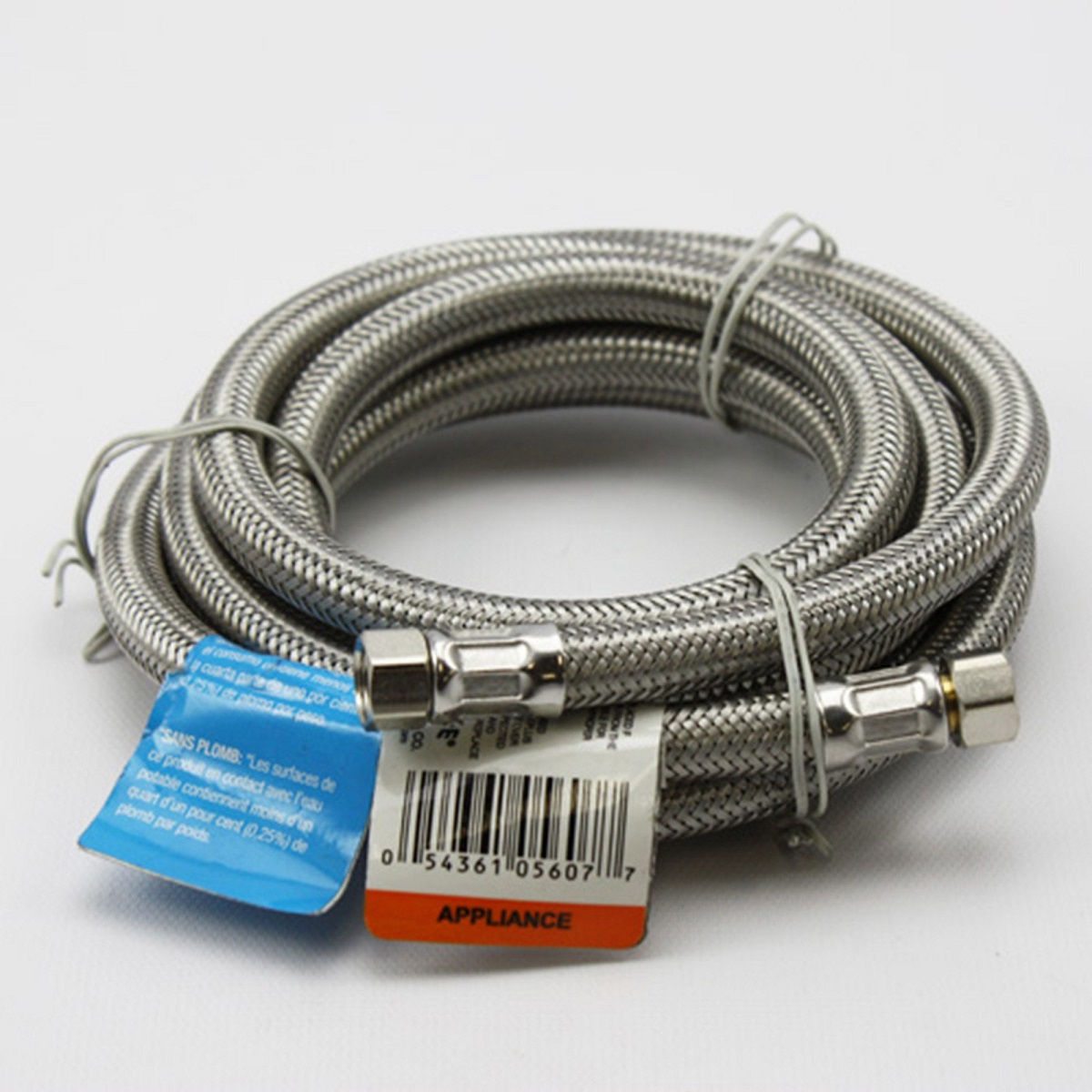

Articles
What Size Is An Ice Maker Water Line
Modified: September 2, 2024
Learn about the proper size of an ice maker water line in this informative article. Find out everything you need to know about installing and connecting your ice maker with the right water line.
(Many of the links in this article redirect to a specific reviewed product. Your purchase of these products through affiliate links helps to generate commission for Storables.com, at no extra cost. Learn more)
Introduction
An ice maker is a convenient and essential appliance for producing ice cubes or crushed ice in your home or business. It relies on a steady supply of water to create ice, and that water is delivered through a water line. The size of the water line is an important consideration when setting up or installing an ice maker. Understanding the correct size of the water line ensures proper water flow and prevents any potential issues.
In this article, we will dive into the world of ice maker water lines and explore their significance. We will discuss the common sizes of ice maker water lines, factors to consider when choosing the right size, steps to measure the size of a water line, and the consequences of using incorrect sizes.
So, whether you are installing a new ice maker or troubleshooting issues with your existing one, read on to learn about the importance of getting the correct size for your ice maker water line.
Key Takeaways:
- Choosing the correct size water line for your ice maker is crucial to ensure steady water supply, maintain quality, and prevent issues like inadequate flow and poor ice quality.
- Factors like ice maker capacity, water pressure, and length of the line should be considered when determining the appropriate water line size. Always consult the manufacturer’s guidelines for optimal performance.
Read more: How To Unclog Water Line To Ice Maker
Importance of the water line in an ice maker
The water line is a crucial component of an ice maker. It acts as the conduit for delivering water to the ice maker’s internal mechanism, where the water is frozen to create ice cubes or crushed ice. Without a properly installed and correctly-sized water line, the performance and efficiency of the ice maker can be compromised.
One of the main reasons why the water line is important is because it ensures a consistent and uninterrupted water supply to the ice maker. Having a steady flow of water is essential for the ice maker to function optimally. If the water line is too small, it may not be able to deliver enough water to meet the ice maker’s demands, resulting in slow ice production or even no ice at all. On the other hand, if the water line is too large, it can lead to excessive water flow, which may cause leaks or water pressure issues.
Another important aspect of the water line is its ability to maintain water quality. A properly installed water line with appropriate filtration mechanisms helps to eliminate impurities and contaminants from the water before it reaches the ice maker. This ensures that the ice produced is clean, clear, and safe for consumption.
Moreover, the size of the water line also impacts the overall energy efficiency of the ice maker. A correctly-sized water line can optimize the ice-making process, reducing the amount of time and energy required to freeze the water. This not only saves energy but also increases the lifespan of the ice maker.
Overall, the water line plays a crucial role in the proper functioning of an ice maker. It ensures a continuous supply of water, maintains water quality, and contributes to energy efficiency. Therefore, it is vital to choose the right size water line for your ice maker to avoid any issues and enjoy a consistent supply of ice cubes or crushed ice.
Common sizes of ice maker water lines
Ice maker water lines come in various sizes to accommodate different ice maker models and installation configurations. The size of the water line is typically measured in diameter, with the most common sizes being 1/4 inch and 3/8 inch.
The 1/4 inch water line is suitable for most standard residential ice makers. It is commonly found in homes and small businesses where the demand for ice is moderate. The 1/4 inch size is sufficient to provide an adequate water flow for these ice makers without causing any water pressure issues.
On the other hand, the 3/8 inch water line is commonly used for larger ice makers or commercial applications where there is a higher demand for ice. The larger diameter allows for a greater volume of water to flow through, keeping up with the ice maker’s needs.
Additionally, there are also other less common sizes available, such as 5/16 inch and 1/2 inch water lines. These sizes may be needed for specific ice maker models or unique installation requirements. It is always important to consult the manufacturer’s guidelines or seek professional advice to determine the appropriate water line size for your specific ice maker.
When selecting the size of the water line, it is important to consider the overall capacity and demand of your ice maker. A smaller ice maker with lower production requirements may be adequately served by a 1/4 inch water line, while larger ice makers or commercial units may benefit from the increased flow provided by a 3/8 inch line.
Remember, choosing the correct size water line is crucial to ensure optimal performance and prevent any water flow or pressure-related issues. Always refer to the specifications and guidelines provided by the ice maker manufacturer to determine the appropriate water line size for your specific model.
Factors to consider when choosing the right size water line
Choosing the right size water line for your ice maker is important to ensure proper water flow and functionality. Here are some key factors to consider when determining the appropriate size:
- Ice maker capacity: Consider the production capacity of your ice maker. Larger ice makers with high production rates will require a larger water line size to accommodate the increased water flow needed to meet the demand. Smaller ice makers with lower production rates can typically function well with a smaller water line.
- Water pressure: Assess the water pressure available in your home or business. Higher water pressure can compensate for a smaller water line diameter, allowing for sufficient water flow to the ice maker. Conversely, if you have low water pressure, it may be necessary to use a larger water line to maintain an adequate supply of water.
- Length of the water line: Consider the distance between your ice maker and the water supply. Longer water lines may require a larger diameter to maintain sufficient water flow and pressure throughout the journey from the source to the ice maker.
- Existing plumbing infrastructure: Evaluate the size of your existing plumbing connections. If your plumbing system has fittings or valves of a specific size, you will need to ensure compatibility with the water line size for the ice maker. It may be necessary to use adapters or connectors to accommodate different sizes.
- Manufacturer’s recommendations: Always refer to the guidelines provided by the ice maker manufacturer. They may specify the recommended water line size based on the model’s specifications and performance requirements. Following their recommendations will help ensure optimal performance and prevent any issues related to water flow or pressure.
By considering these factors, you can make an informed decision when selecting the right size water line for your ice maker. Taking into account the capacity, water pressure, length of the line, existing infrastructure, and manufacturer’s recommendations will help ensure a smooth and efficient operation of your ice maker without any water flow or pressure-related problems.
When determining the size of an ice maker water line, it’s important to consider the water pressure and flow rate needed for the specific ice maker model. Generally, a 1/4-inch diameter water line is sufficient for most residential ice makers. However, it’s always best to consult the manufacturer’s guidelines for the recommended water line size.
Steps to measure the size of an ice maker water line
Measuring the size of an ice maker water line is a straightforward process that can be done with a few simple steps. Here’s how you can measure the size of your ice maker water line:
- Turn off the water supply: Before measuring the water line, it’s important to shut off the water supply to the ice maker. This can typically be done by locating the shut-off valve near the water source or by turning off the main water supply to your home or business.
- Identify the water line: Locate the water line that connects to your ice maker. It is usually a flexible tube made of plastic or copper and is connected to the back of the ice maker or through the wall.
- Measure the diameter: The diameter of the water line refers to the width of the tube. Take a measuring tape or caliper and measure the outside diameter of the water line. This will give you the size of the water line. Common sizes include 1/4 inch, 3/8 inch, and so on.
- Consult the manufacturer’s guidelines: Once you have measured the diameter, refer to the manufacturer’s guidelines for your specific ice maker model. They may have specific recommendations regarding the size of the water line that is best suited for optimal performance and water flow.
- Consider any adapters needed: If the measured diameter of your water line does not match the recommended size for your ice maker, you may need to use adapters or connectors. These can help bridge the gap between different sizes and ensure a proper fit between the water line and the ice maker.
While measuring the size of the water line can be done manually, it’s always a good idea to double-check with the manufacturer’s guidelines to confirm the correct size for your ice maker. This will help ensure that you have the appropriate size water line for optimal ice production and prevent any issues related to water flow or pressure.
Read more: How To Replace Ice Maker Water Line
Common problems with incorrectly sized water lines
Using an incorrectly sized water line for your ice maker can lead to various problems and complications. Here are some common issues that can arise when the water line is not the proper size:
- Inadequate water flow: If the water line is too small, it may not be able to deliver enough water to meet the ice maker’s demands. This can result in slow ice production or even prevent the ice maker from functioning altogether.
- Water pressure problems: Using a water line that is too large can cause excessive water flow and result in water pressure issues. This may lead to leaks, water spraying from the ice maker, or even damage to the internal components of the appliance.
- Damage to the ice maker: Using an incorrectly sized water line can put unnecessary strain on the ice maker’s internal mechanisms. This can lead to premature wear and tear, decreased performance, and potential damage to the appliance over time.
- Leaking or flooding: In some cases, an incorrectly sized water line can cause leaks, resulting in water damage to your floors, cabinets, or surrounding areas. This can be costly to repair and may require professional assistance to fix the issue.
- Poor ice quality: Insufficient water flow due to an undersized water line can result in poor ice quality. The ice cubes may be smaller, irregularly shaped, or cloudy. Additionally, using a water line with inadequate filtration can lead to impurities and contaminants in the ice, compromising its quality and safety for consumption.
To prevent these problems, it’s crucial to choose the correct size water line for your ice maker and follow the manufacturer’s recommendations. Consulting professionals or referring to installation guidelines can provide valuable insights to ensure that the water line is appropriately sized, resulting in smooth operation and optimal performance of your ice maker.
Conclusion
Selecting the right size water line for your ice maker is essential for its proper functioning and performance. A correctly sized water line ensures a steady supply of water, maintains water quality, and contributes to energy efficiency. It prevents issues such as inadequate water flow, water pressure problems, damage to the ice maker, leaks, and poor ice quality.
When choosing the size of the water line, consider factors such as the ice maker’s capacity, water pressure, length of the line, existing plumbing infrastructure, and manufacturer’s recommendations. These factors will help determine the appropriate diameter of the water line that will meet the demands of your ice maker.
Remember, incorrect sizing of the water line can lead to various complications and hinder the performance of your ice maker. It’s crucial to measure the water line accurately, consult the manufacturer’s guidelines, and use adapters or connectors if needed to ensure a proper fit.
By taking the time to choose the correct size water line for your ice maker, you can avoid potential problems, ensure optimal water flow and pressure, and maintain the quality of the ice produced. Enjoy a consistent supply of ice cubes or crushed ice with confidence, knowing that your ice maker is equipped with the right-sized water line.
Ready to tackle home projects with your own hands? Our guide on DIY home improvement walks you through essential tips and tricks to transform your space efficiently. If you're setting up an ice maker, don't miss our detailed steps on water line installation to ensure smooth operation. For those keen on keeping their home in top shape, our comprehensive checklist on home maintenance is a must-read. Dive into these resources to become more adept at managing and improving your home today!
Frequently Asked Questions about What Size Is An Ice Maker Water Line
Was this page helpful?
At Storables.com, we guarantee accurate and reliable information. Our content, validated by Expert Board Contributors, is crafted following stringent Editorial Policies. We're committed to providing you with well-researched, expert-backed insights for all your informational needs.
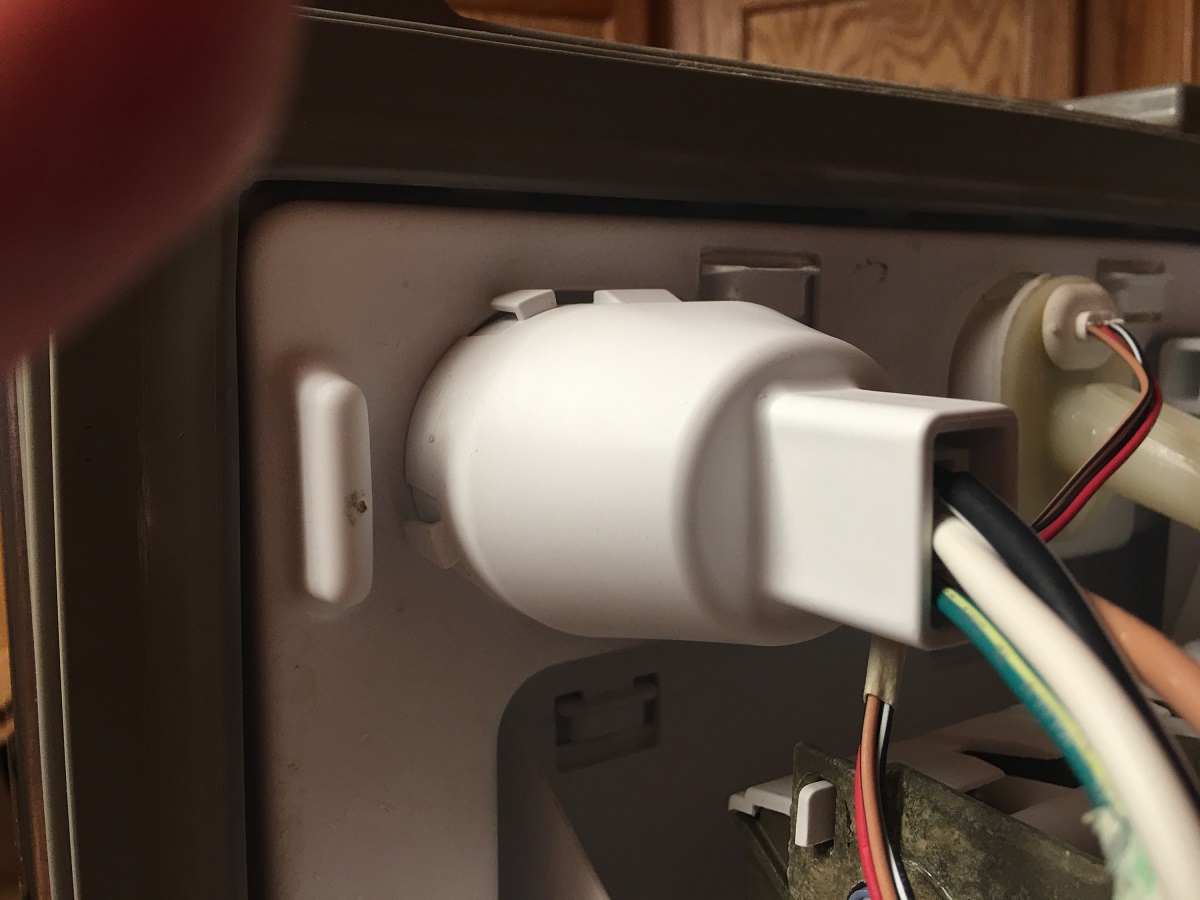
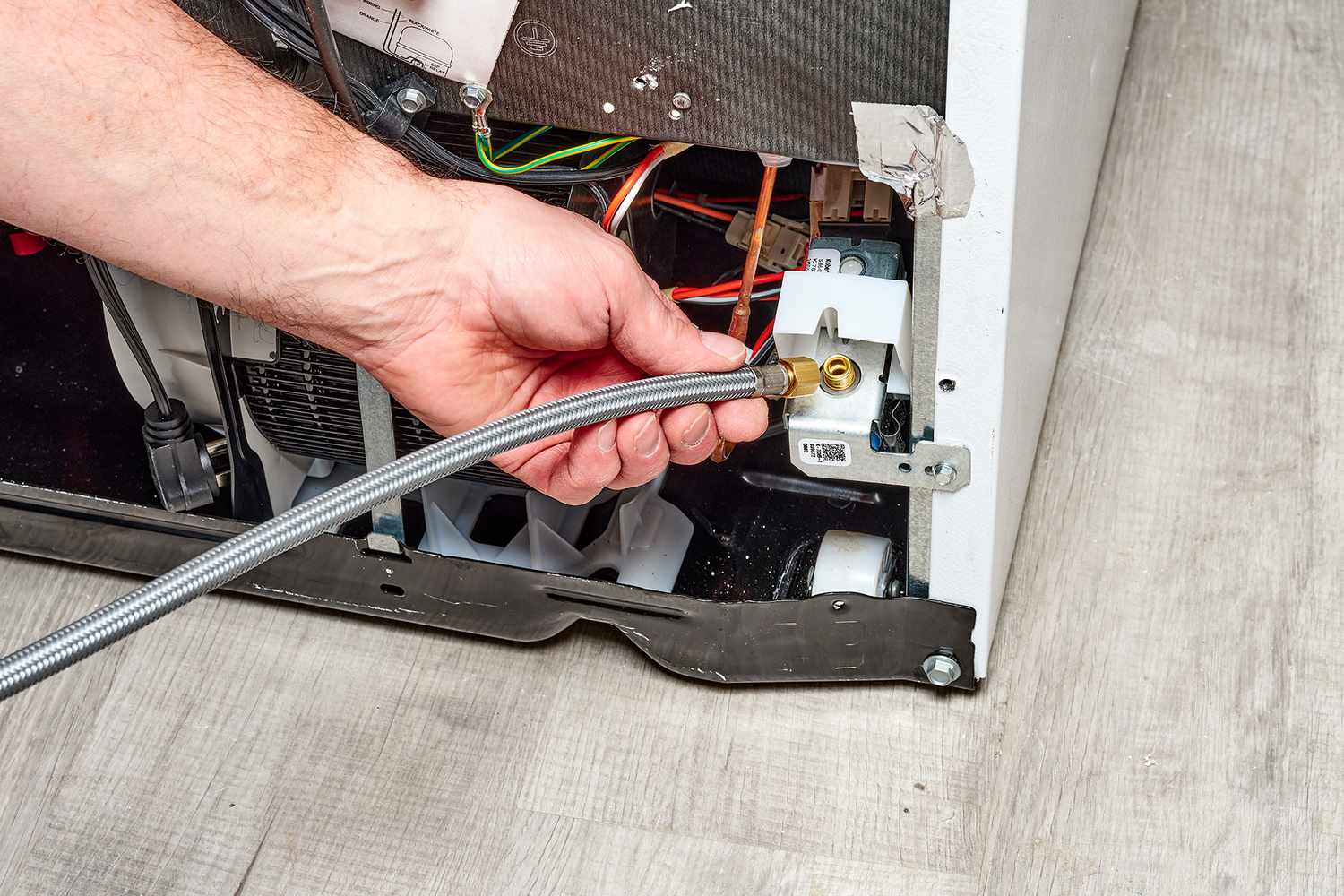
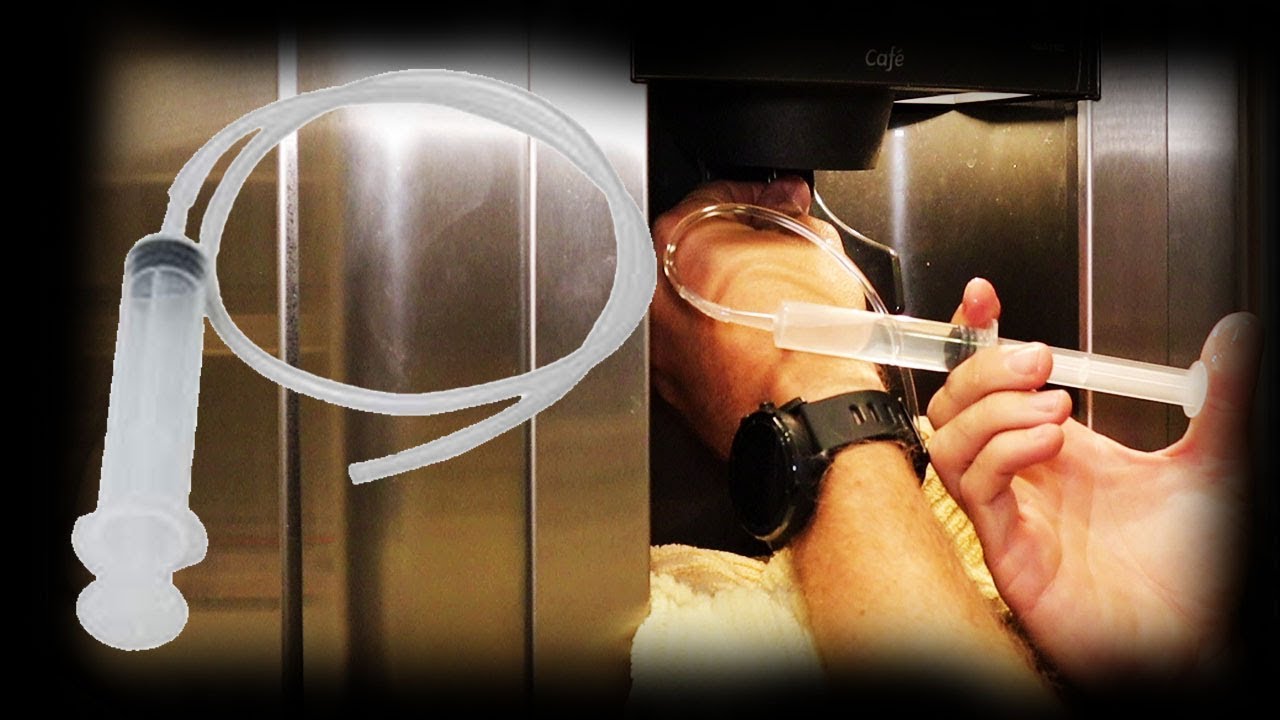
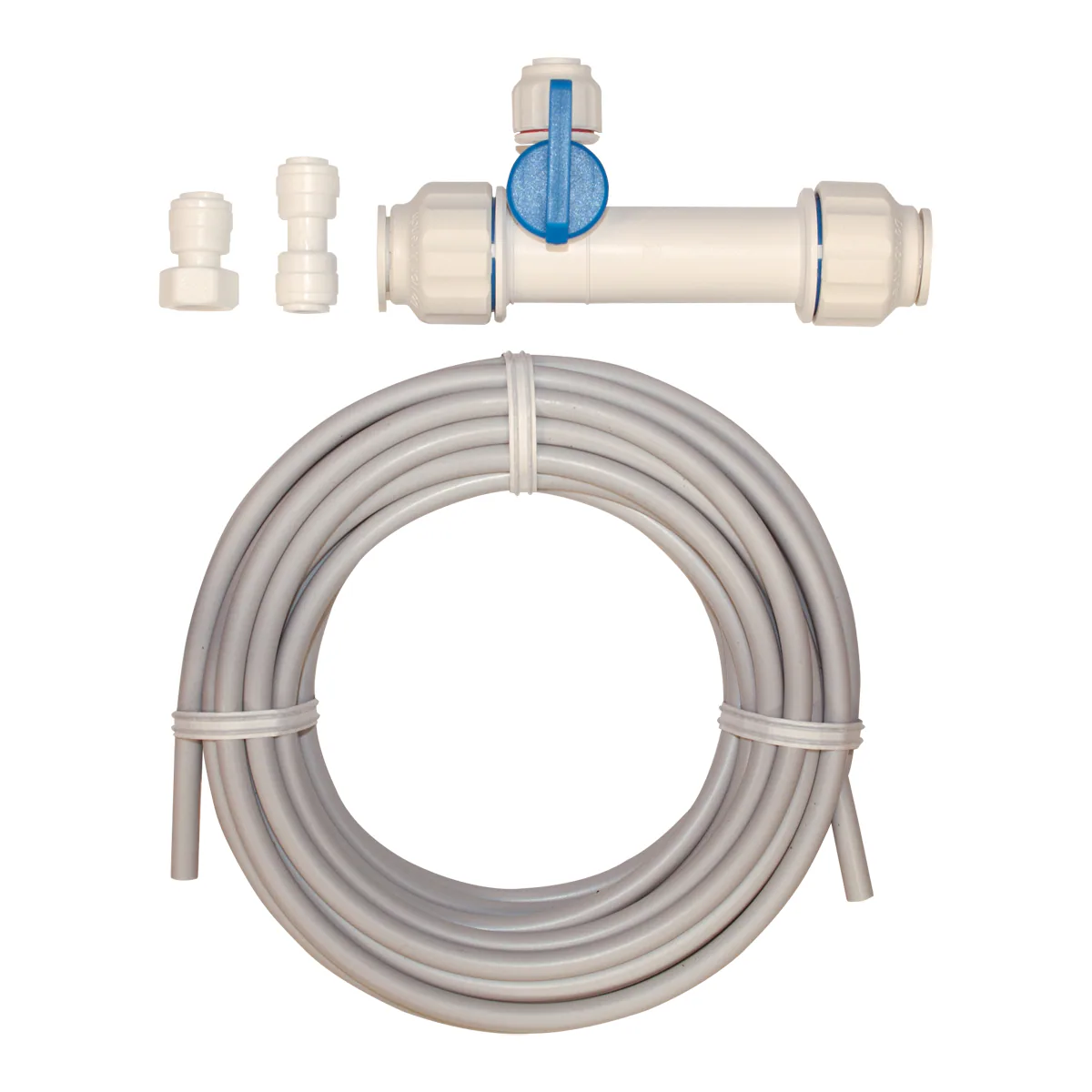
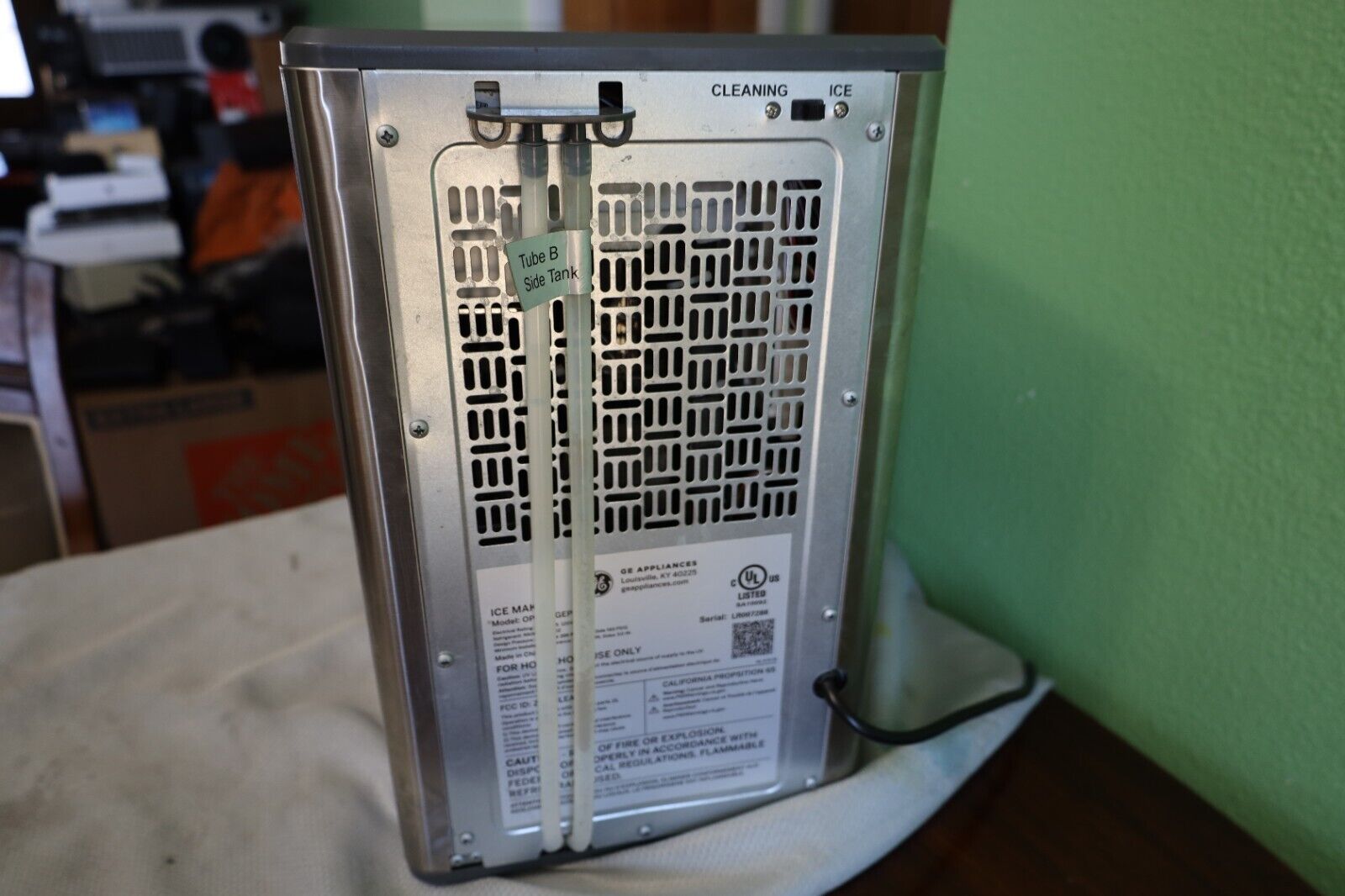
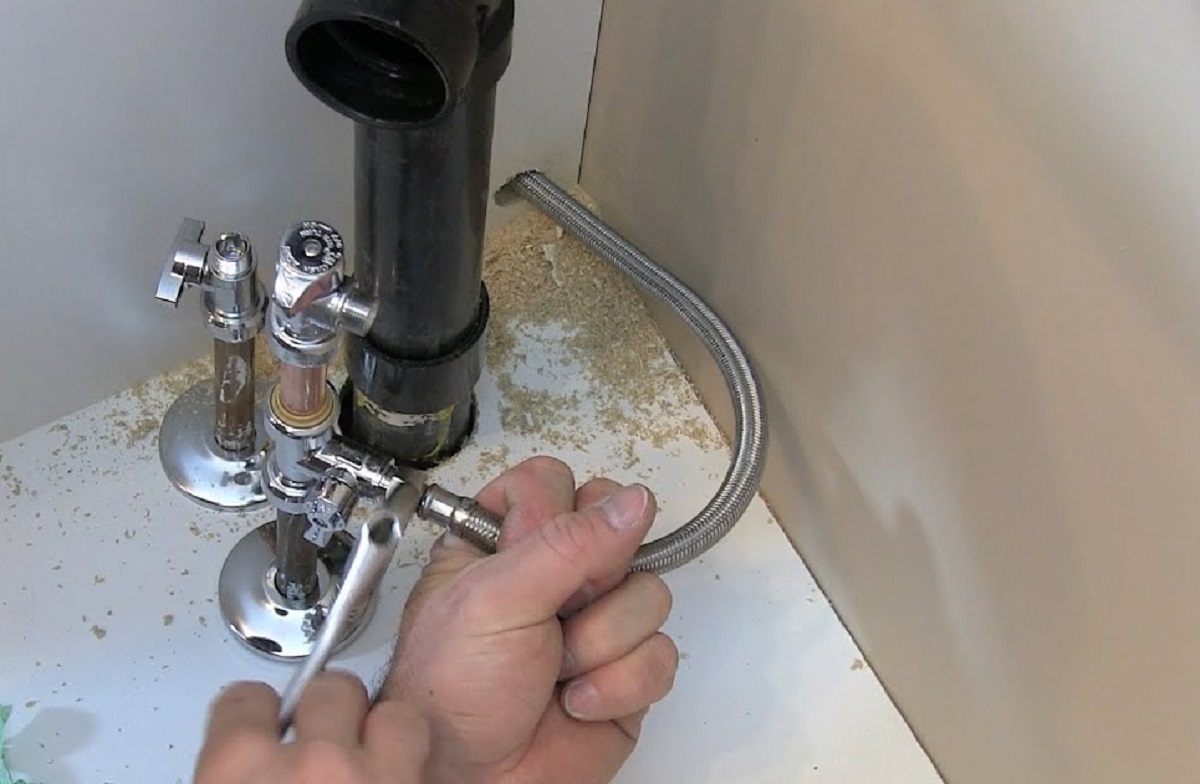
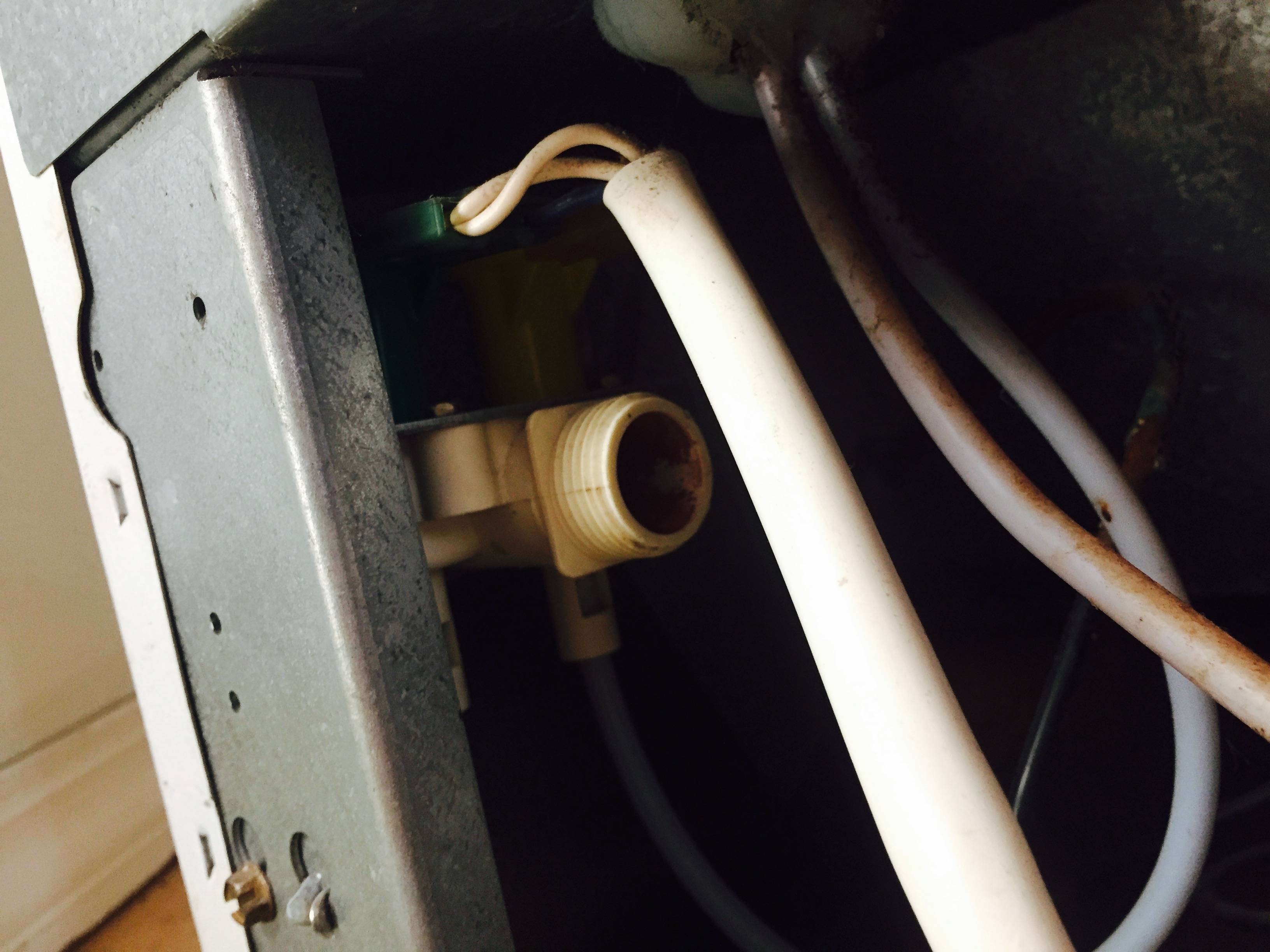
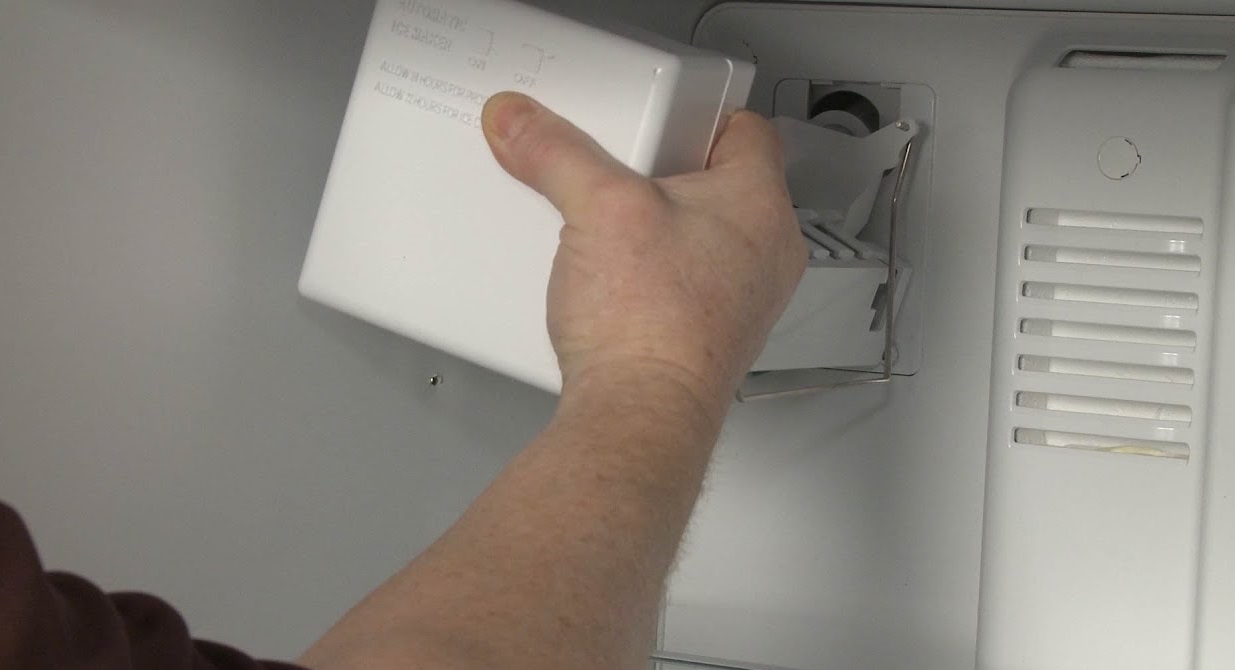
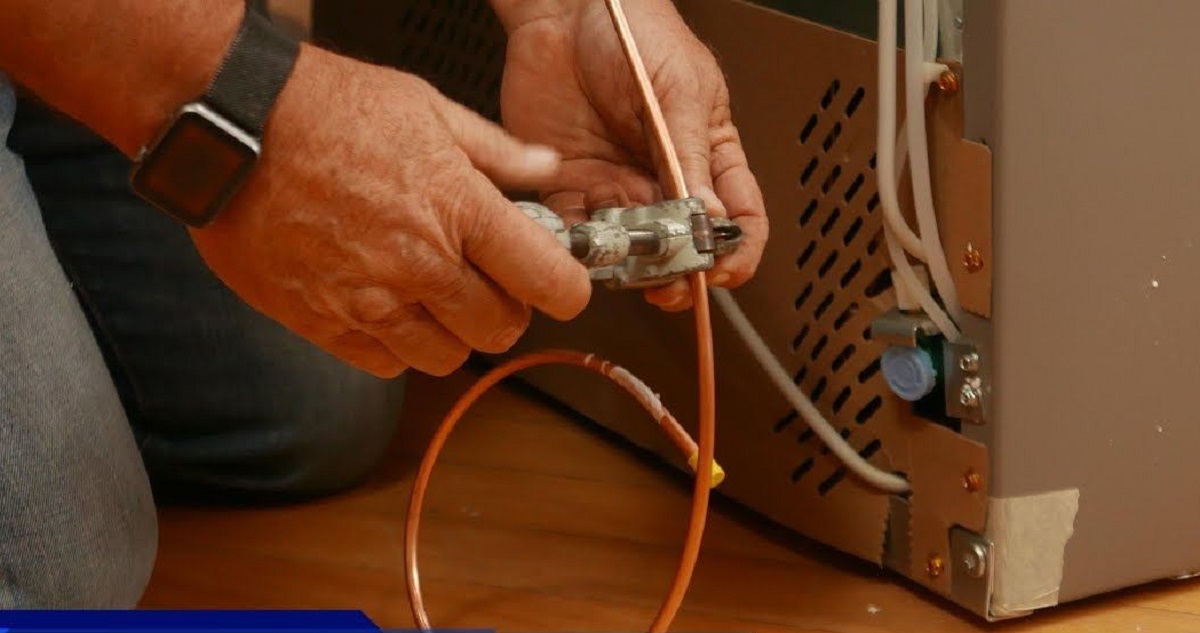
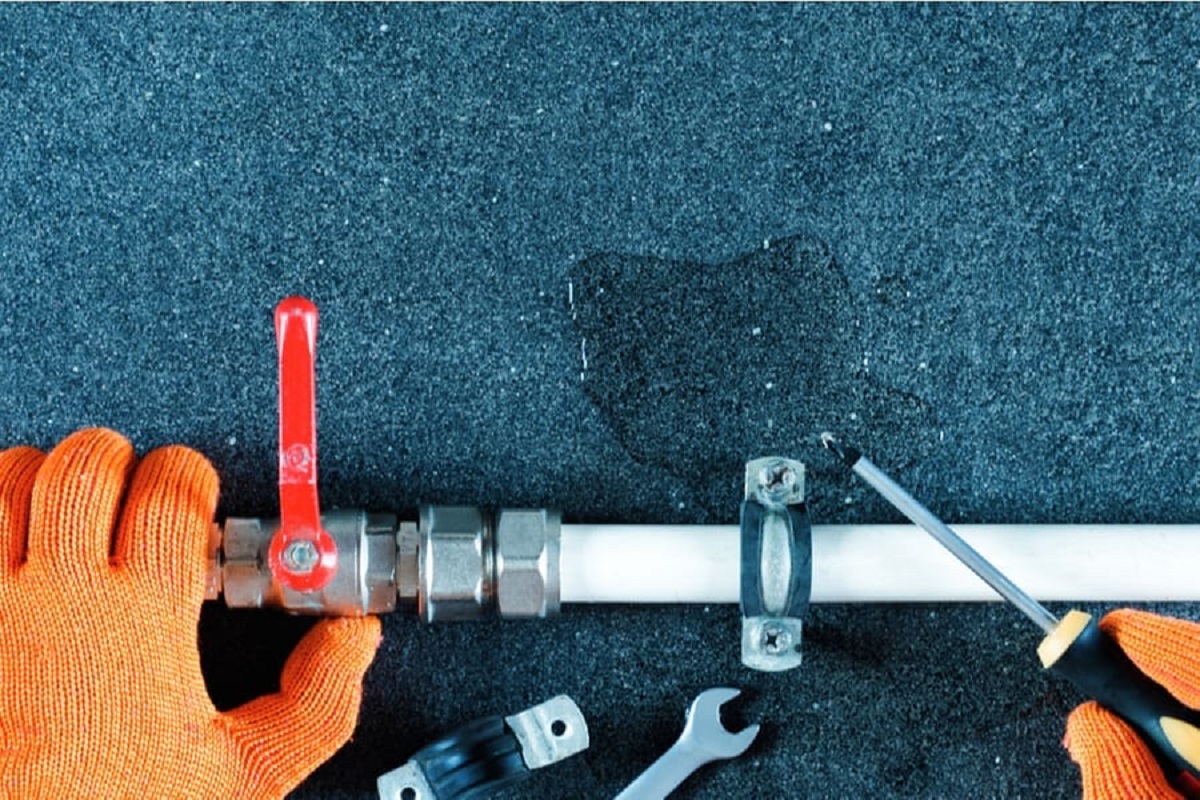
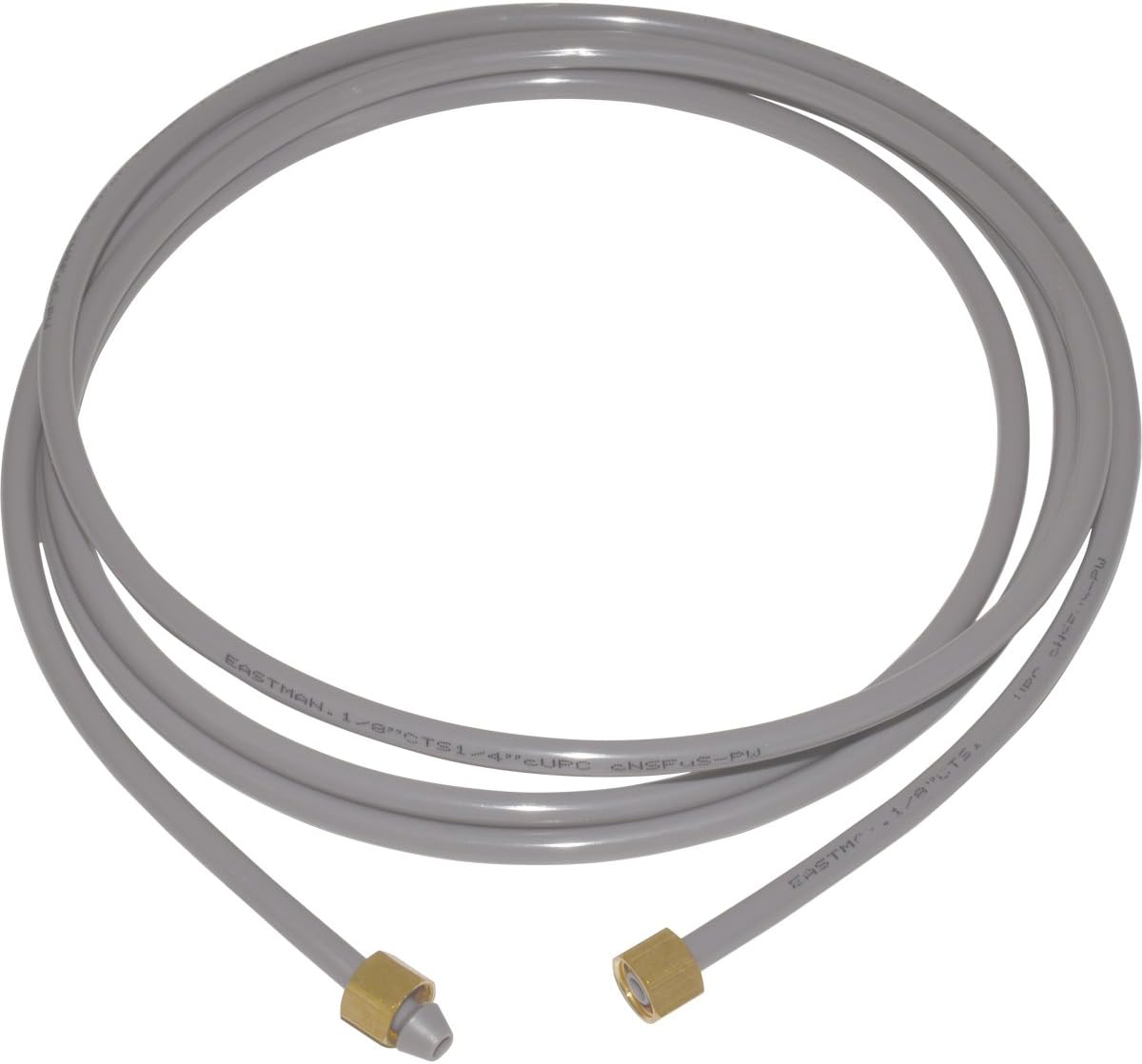
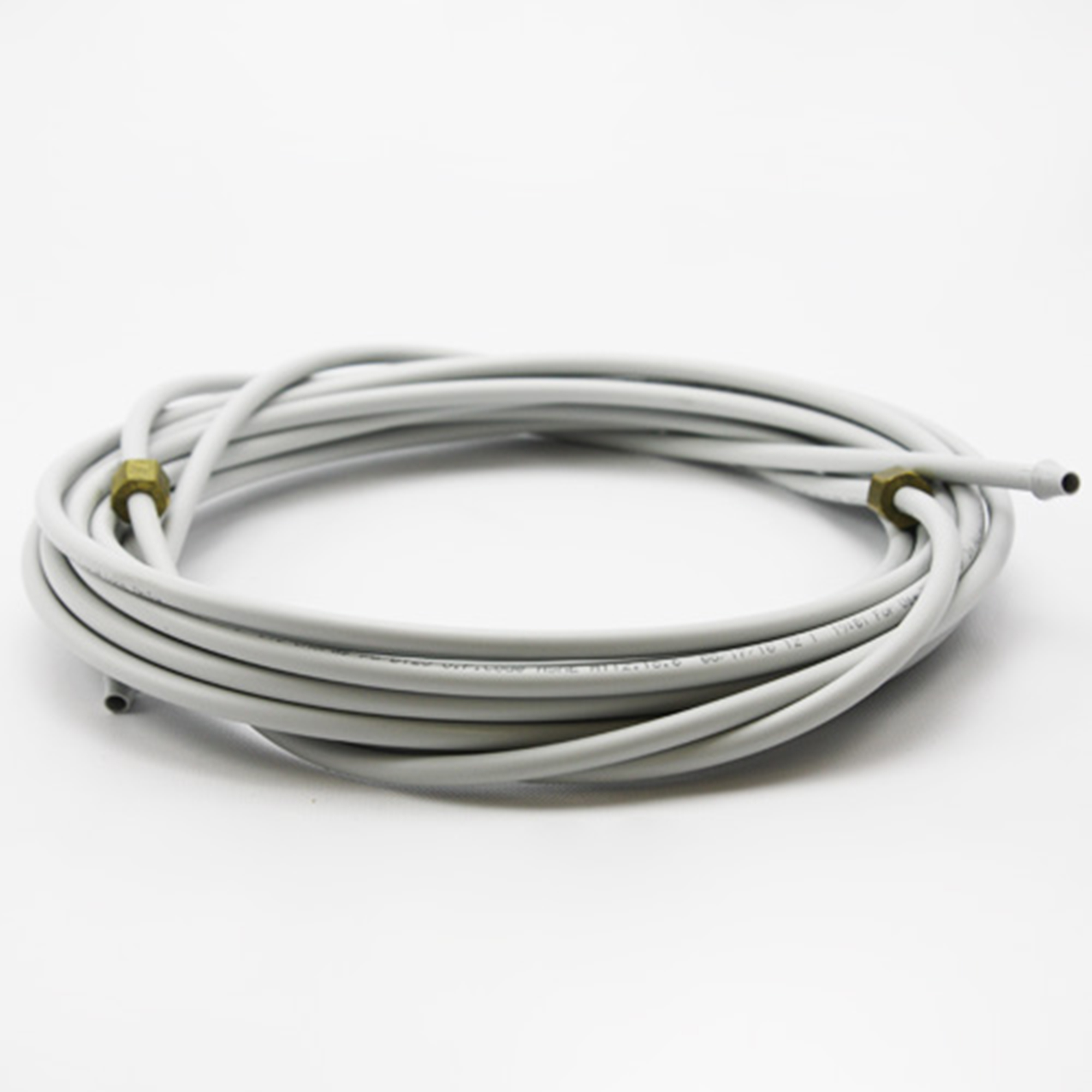
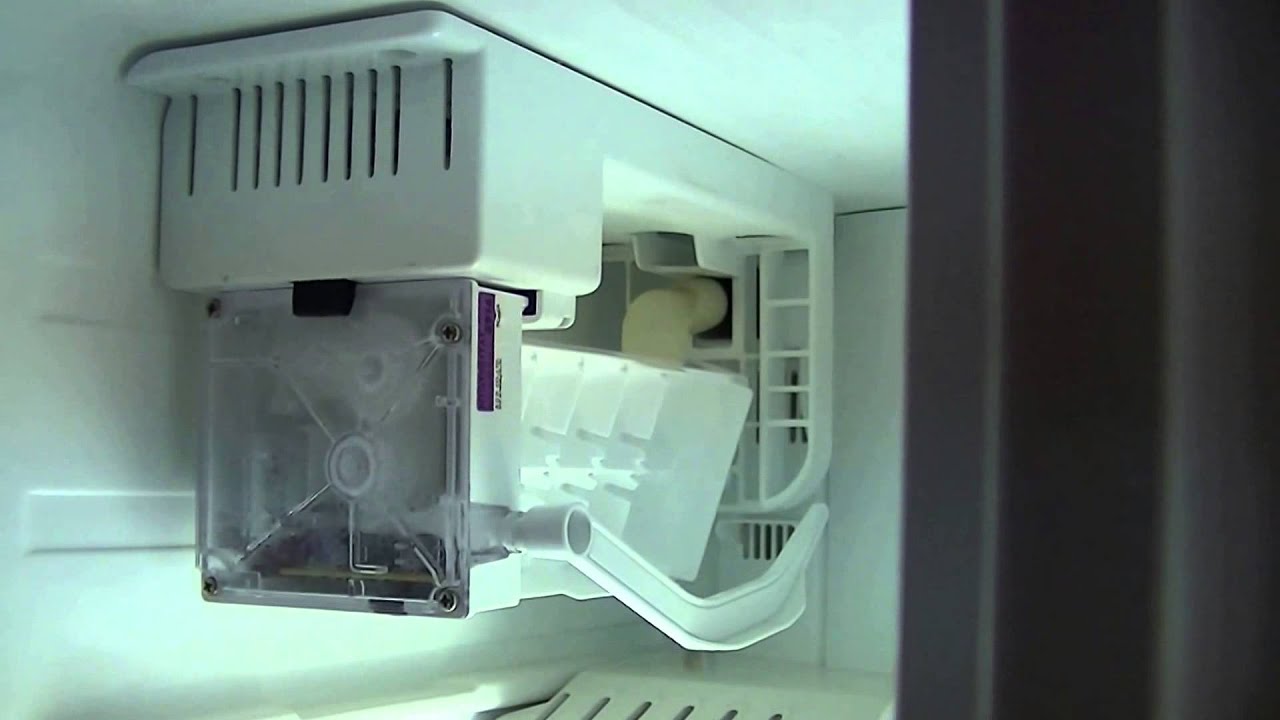
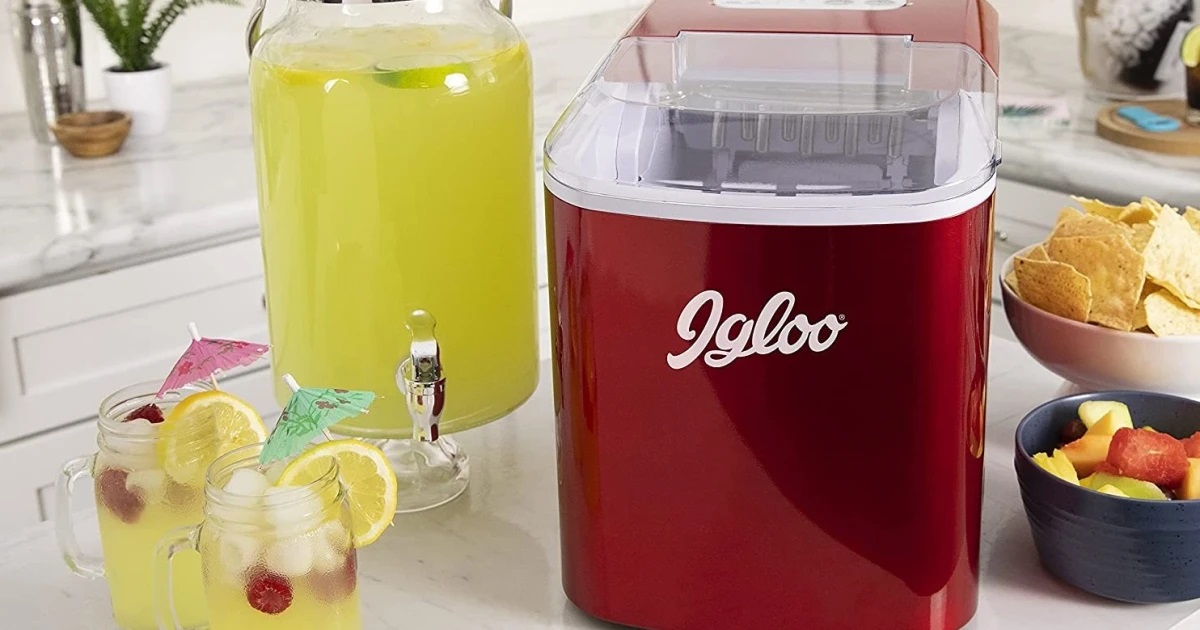

0 thoughts on “What Size Is An Ice Maker Water Line”